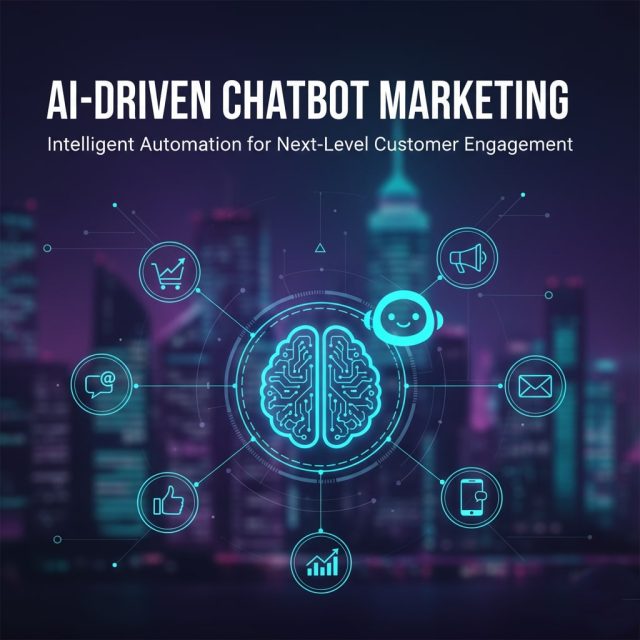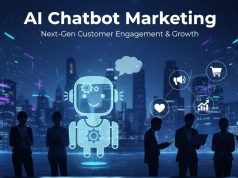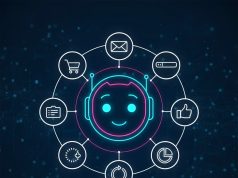In today’s fast-paced digital landscape, chatbots have evolved from simple autoresponders into sophisticated AI-driven marketing tools. Businesses at the forefront of innovation leverage chatbots to create personalized interactions, streamline customer journeys, and drive conversions. This comprehensive guide delves into advanced AI-driven chatbot marketing strategies and best practices for 2025, revealing how you can master the art of chatbot engagement to outpace competitors and delight your audience.
The Evolution of Chatbot Marketing
Chatbots began as rule-based scripts delivering predetermined responses. While useful for FAQs, these early chatbots lacked contextual understanding and personalization. The integration of machine learning (ML) and natural language processing (NLP) has transformed chatbots into dynamic conversational agents capable of understanding intent, sentiment, and user behavior. As a result, modern chatbots can handle complex queries, suggest products, and seamlessly hand off to human agents when needed. Embracing these advancements is the first step toward executing a truly AI-driven chatbot marketing strategy.
Leveraging AI & NLP for Smarter Interactions
At the core of advanced chatbot marketing lies AI-powered NLP. By analyzing user inputs in real time, chatbots can interpret intent even when queries are phrased unconventionally. Techniques like sentiment analysis allow chatbots to adapt tone and messaging based on emotional cues—offering empathetic support during complaints or enthusiastic suggestions during browsing sessions. To implement this, invest in NLP frameworks that continuously learn from conversation logs, refining their models to deliver increasingly accurate responses over time.
Personalization at Scale
Personalization is no longer a nice-to-have—it’s an expectation. AI chatbots gather first-party data during interactions and combine it with CRM information to deliver tailored recommendations, promotions, and follow-ups. For example, a returning customer might receive a customized discount on products related to their purchase history. To scale personalization across thousands of users, leverage dynamic content modules within your chatbot platform and automate data syncs with your CRM or CDP (Customer Data Platform).
Omnichannel Chatbot Strategies
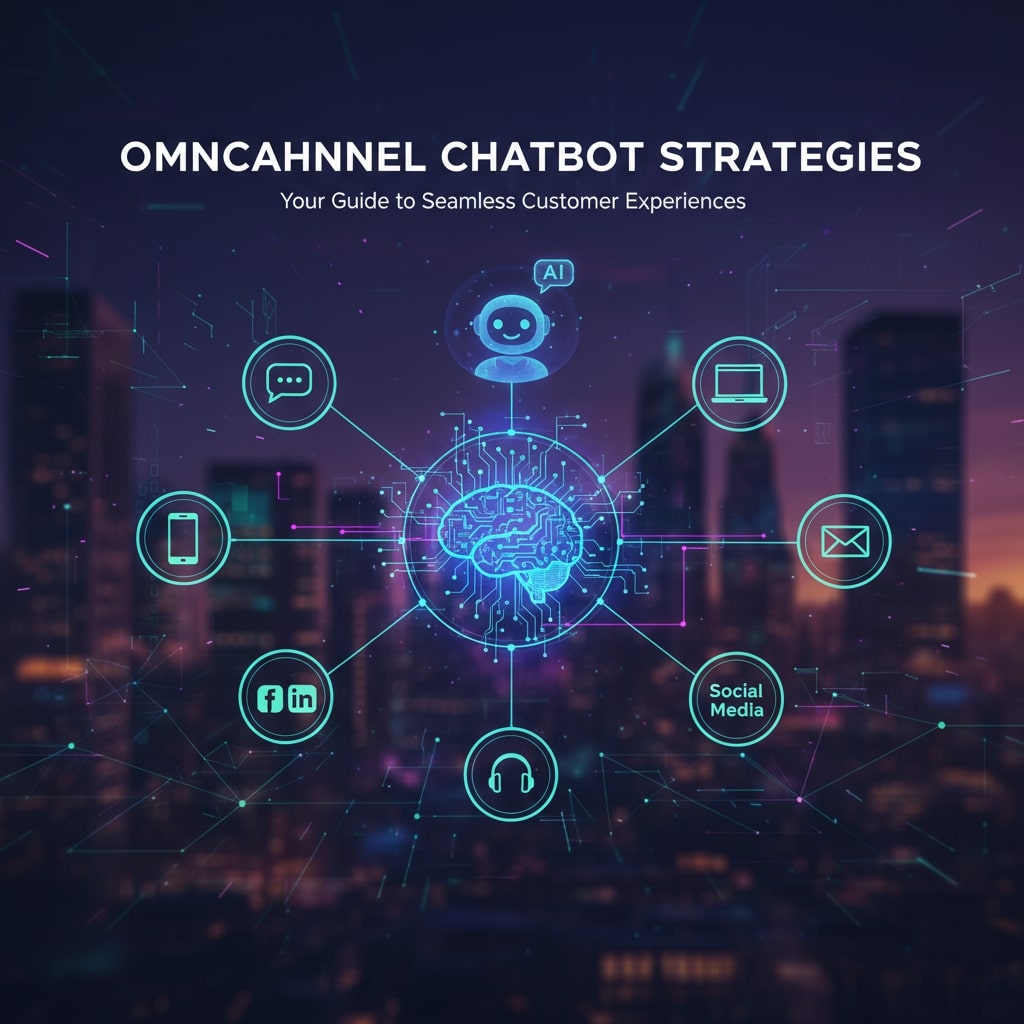
Your audience interacts with brands across multiple channels—websites, social media, messaging apps, and SMS. A successful chatbot marketing plan ensures consistent conversational experiences across all touchpoints. Use API-based integrations to deploy the same chatbot logic on Facebook Messenger, WhatsApp, live chat on your website, and in-app messaging. Maintain a unified conversation history so customers can switch channels mid-conversation without repeating information, boosting satisfaction and reducing friction.
Integrating Chatbots with CRM & Marketing Automation
Seamless integration between chatbots, CRM, and marketing automation platforms is crucial for end-to-end customer engagement. When a chatbot captures a lead, it should automatically create or update a contact record, trigger nurture email sequences, and alert sales teams. Bi-directional sync ensures that campaign performance data (open rates, click-throughs) informs chatbot messaging, enabling lunch-and-learn sessions, webinars, or special offers to be promoted contextually during chat conversations.
Data-Driven Insights & Analytics
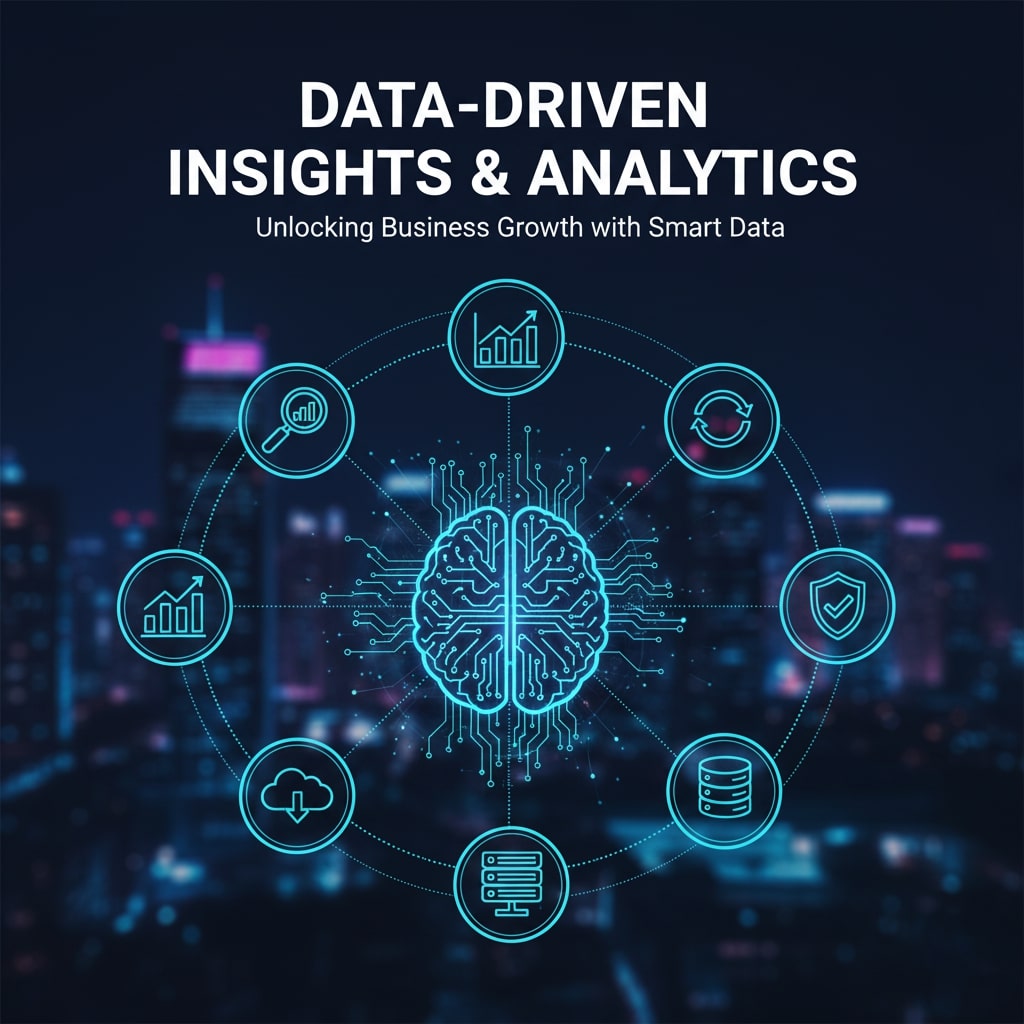
Measuring chatbot performance goes beyond message counts. Focus on metrics that reflect business goals: conversion rate, average order value (AOV), lead quality score, and customer satisfaction (CSAT). Use heatmaps and conversation analytics to identify drop-off points, misunderstood intents, or unanswered questions. A/B test different conversational flows, call-to-action phrasing, and timing to optimize engagement. Feed insights back into your NLP model to refine intent classifiers and response libraries continuously.
Measuring ROI and KPIs
To justify chatbot investments, define clear KPIs aligned with revenue objectives. Track cost per lead (CPL) reduction, incremental sales driven by chatbot recommendations, and support ticket deflection rates. Calculate ROI by comparing chatbot operational costs against savings from reduced human agent load and incremental revenue from upsells. Present dashboards to stakeholders, highlighting month-over-month improvements and forecasted gains based on current growth trends.
Enhancing Customer Journey Mapping
Map every stage of the customer journey—from awareness to advocacy—and identify where chatbots can add value. Early-stage visitors may benefit from educational guides or chatbot-led quizzes that qualify their interest. Mid-funnel prospects can receive product demos, while post-purchase customers can access order tracking and troubleshooting. By aligning chatbots with journey stages, you ensure that each interaction feels timely and relevant, reducing drop-offs and accelerating conversions.
Boosting Retention & Loyalty Programs
Retention-focused chatbots engage existing customers with personalized loyalty program updates, exclusive rewards, and re-engagement campaigns. Implement conversational triggers to celebrate birthdays or membership anniversaries with special offers. Encourage feedback through in-chat surveys, then act on insights to improve products and services. Chatbots that foster community—sharing user-generated content, announcing loyalty tiers, or gamifying interactions—can turn buyers into brand advocates.
Training Chatbots with Generative AI
Generative AI models, like large language models (LLMs), can draft responses, summarize lengthy documents, or craft persuasive product copy on the fly. Integrate LLMs selectively for complex queries while using rule-based flows for routine tasks. Regularly review and fine-tune generated content to align with brand voice and compliance requirements. This hybrid approach maximizes creativity and efficiency without sacrificing control.
Compliance & Ethical Considerations
As chatbots handle sensitive customer data, ensure compliance with regulations like GDPR, CCPA, and industry-specific standards. Implement data encryption, explicit consent prompts, and clear privacy notices within chat flows. Maintain transparency about AI usage and offer easy opt-out options for users. Ethical chatbot design builds trust and reduces legal risk, reinforcing your brand’s reputation.
Future Trends in Chatbot Marketing
Looking ahead, voice-enabled chatbots, augmented reality (AR) integrations, and hyper-personalized journeys will redefine chatbot marketing. Conversational commerce will merge with IoT devices, enabling chatbots on wearables and smart home hubs. Keep an eye on sentiment-aware AI that adjusts pricing or offers based on customer mood. Early adopters of these technologies will capture mindshare and set new standards for engagement.
Best Practices for Implementation
- Start with clear objectives and user personas
- Choose a flexible chatbot platform supporting AI, NLP, and integrations
- Collaborate with marketing, sales, and support teams for a unified strategy
- Continuously test, measure, and optimize conversational flows
- Ensure human fallback for complex queries
Conclusion
Advanced AI-driven chatbot marketing is no longer a futuristic concept—it’s a competitive imperative. By leveraging NLP, personalization, omnichannel engagement, and data-driven insights, you can create conversational experiences that delight customers and drive measurable business outcomes. As technology evolves, staying ahead requires constant experimentation, rigorous analytics, and a customer-centric mindset. Embrace these cutting-edge strategies for 2025 to transform your chatbot marketing into a powerful growth engine.

